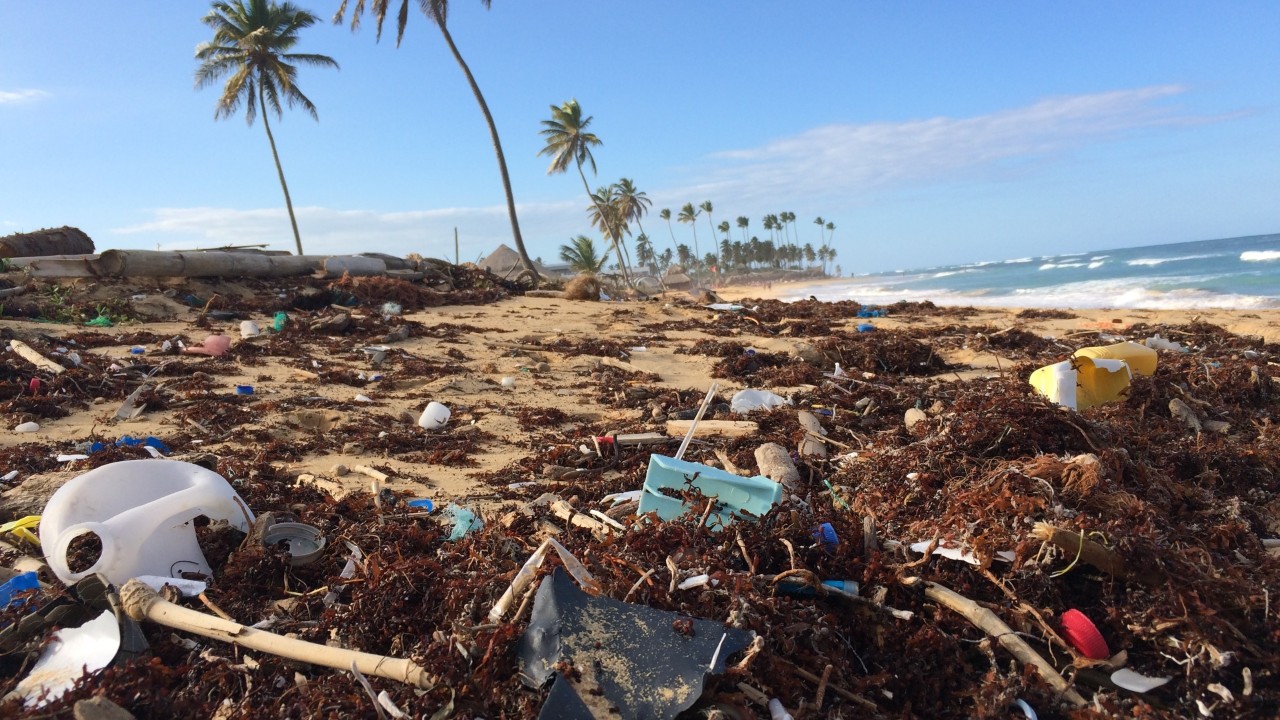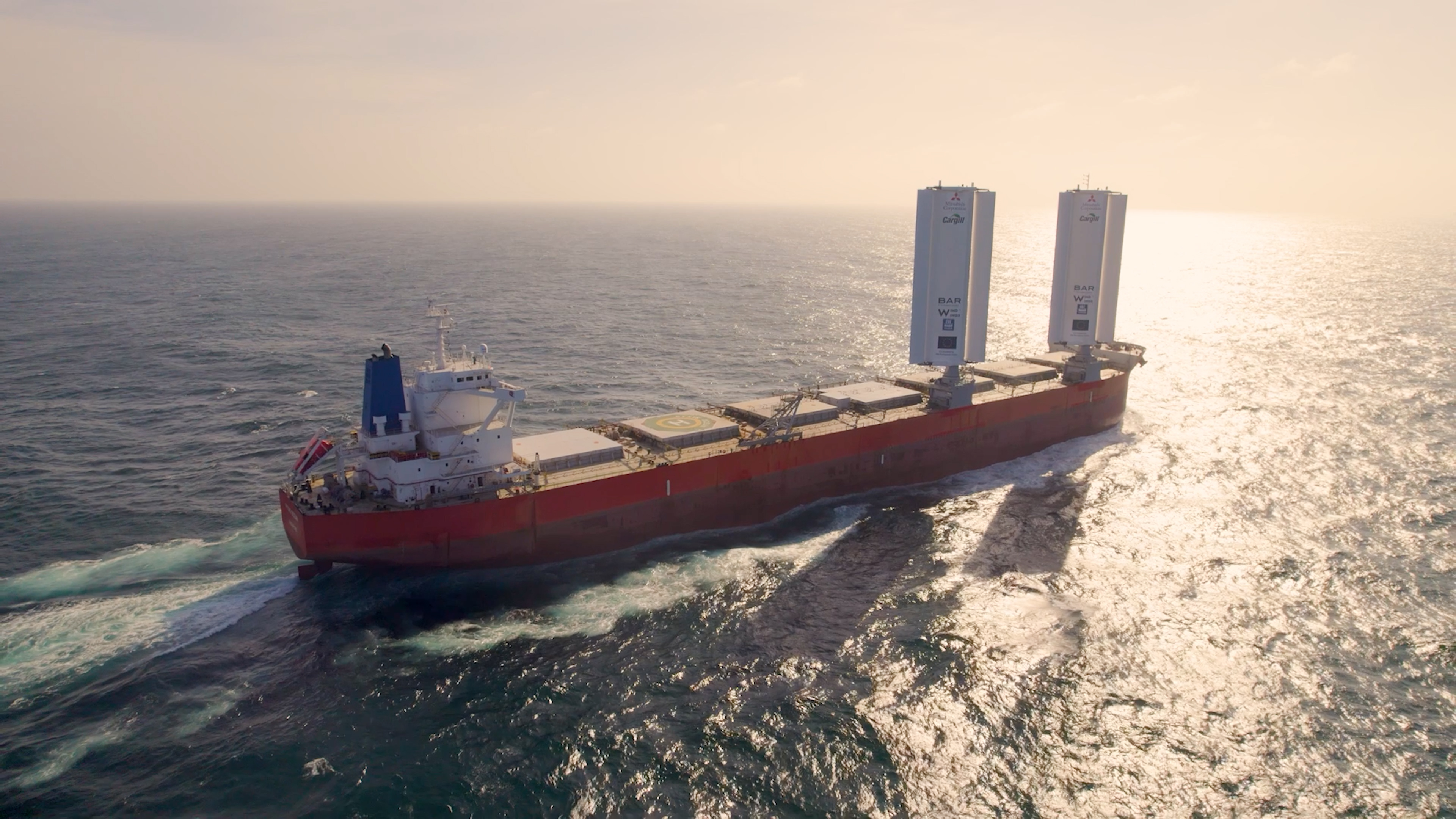Over the Christmas period, I finally managed to read ‘Permacrisis: A Plan to Fix a Fractured World’ and it left me inspired to share some key insights from the book—along with my own perspective on where opportunities lie for those aiming to combine impact reduction with commercial success (the holy grail of sustainability).
While this is a slight departure from my usual marine-focused content, these ideas are highly relevant to the industry. In fact, we’re already seeing a few early adopters integrate this thinking into their business models. If your interested in understanding the macroeconomic drivers that impact our day to day lives, this article is for you. I’d love to hear your thoughts in the comments!
For decades, global economic growth relied on demand-driven policies. Central banks used low interest rates to spur borrowing and investment, whilst governments applied fiscal tools such as tax cuts and stimulus programs to boost consumer spending. This approach assumed an endless supply of labour, resources, and production capacity. Cheap labour in developing countries, globalised supply chains, and abundant natural resources ensured production could scale with rising demand.
Today, this model is unravelling. The world is entering an era of supply-constrained growth, where the ability to produce goods and services efficiently is fast becoming the primary challenge. Structural shifts in demographics, labour markets, and the environment are driving this transition, exposing vulnerabilities in economies reliant on perpetual growth.
Why demographics matter and the middle-Income Trap
Ageing populations are reshaping global labour markets. China, once the world’s manufacturing hub, faces a shrinking workforce and rising wages as fertility rates fall and a quarter of its population approaches retirement. Urbanisation and higher education levels are pushing workers toward skilled white-collar jobs, leaving traditional manufacturing sectors understaffed.
Simultaneously, many developing economies are caught in the middle-income trap. Countries like Thailand and Malaysia, which once relied on cheap labour to compete globally, now face rising wages without sufficient innovation or industry diversification to transition into high-income economies. These nations struggle to remain competitive, creating a vacuum in global supply chains.
Emerging economies, particularly in Africa and South Asia, might theoretically fill this gap, but they face critical barriers. Underdeveloped infrastructure, political instability, and skill shortages limit their ability to attract investment. Coupled with their geographically driven exposure to climate change further exacerbates the situation, with extreme weather events and rising global temperatures reducing productivity, forcing migrations, and destabilising labour markets.
Why supply chain vacuums create long-term Inflation
The shift to supply-constrained growth introduces a new economic challenge: persistent inflation. Inflation driven by rising input costs, resource scarcity, and labour shortages is systemic and long-lasting. Unlike cyclical inflation, which can be managed by cooling demand, supply-side inflation stems from structural bottlenecks that are far harder to resolve.
Key Drivers of Supply-Driven Inflation:
- Rising Input Costs: Limited availability of critical resources like energy, metals, and water drives up prices. Geopolitical tensions and the rise of ‘Populist’ political agendas further disrupt the traditional model of Global supply chains.
- Labor Market Pressures: Demographic shifts and labour shortages increase wages, which businesses pass on to consumers.
- Climate Impacts: Increasingly frequent extreme weather events and resource scarcity create additional disruptions and cost pressures.
- Energy Transition Costs: The shift to renewable energy requires significant upfront investments, contributing to higher costs in the short to medium term.
Central banks and governments currently lack effective tools to address supply-driven inflation, requiring a system rethink. Raising interest rates or curbing demand may slow price increases temporarily but does little to resolve the systemic constraints driving inflation. This policy gap underscores the incompatibility of traditional growth models with a finite planet.
The Fallacy of Growth in a Finite System
The reality of limited resources and fragile supply chains challenges the very concept of perpetual growth. Traditional economic models, based on endless extraction and consumption, are fundamentally unsustainable. Moving forward, the adoption of circular and sustainable systems is critical for businesses and economies to maintain any semblance of growth.
Circular economies, which emphasize reusing, recycling, and extending the life of products, reduce dependence on raw inputs and create resilience against supply shocks. Similarly, sustainable consumption models prioritise efficiency and shared use, moving away from the wastefulness of individual mass consumption.
How Businesses Can Find Competitive Advantage Through Circularity
While supply constraints create challenges, they also present opportunities for businesses willing to adapt. Moving toward circularity is not just an ethical choice but also a strategic imperative in a resource-constrained world.
1. Reducing Costs and Increasing Resilience
Circular practices, such as recycling materials or designing products for repairability, reduce dependence on volatile raw material markets. By creating closed-loop systems, businesses can lower production costs, hedge against supply disruptions, and build resilience into their operations.
2. Meeting Consumer and Regulatory Demands
Consumers and governments are increasingly demanding sustainable practices. Businesses that adopt circular models are better positioned to meet these expectations, ensuring compliance with regulations and enhancing brand reputation. For example, companies offering take-back programs or using secondary materials demonstrate leadership in sustainability.
3. Unlocking New Revenue Streams
Circularity allows businesses to innovate with new business models. Offering products as a service, subscription-based ownership, or remanufactured goods can create ongoing revenue streams while reducing environmental impact. These models also foster stronger customer relationships through recurring, sticky engagement.
4. Enhancing Resource Efficiency
By designing products for longevity and modularity, businesses can reduce material use while maintaining value. Efficient use of resources not only addresses supply constraints but also appeals to environmentally conscious consumers and investors.
Rethinking Growth: Is our scorecard measuring the wrong game?
GDP has long been the benchmark for economic success, but its limitations are becoming glaringly evident in a supply-constrained world. Focused solely on the production of goods and services, GDP ignores the depletion of natural resources, environmental harm, and growing social inequality. It rewards activities that degrade ecosystems and emit carbon while overlooking sustainable practices that conserve resources or enhance well-being.
In a finite system, more comprehensive metrics are essential to guide progress. Alternatives like the Genuine Progress Indicator (GPI) account for the negative externalities of growth, while frameworks like Doughnut Economics balance economic activity within ecological limits. Metrics that track carbon and resource efficiency provide actionable insights, enabling industries and governments to align growth with sustainability goals.
Shifting away from GDP-centric thinking enables a focus on value creation that is equitable, sustainable, and resilient. By adopting broader measures, businesses and policymakers can redefine success to reflect the realities of a resource-limited planet while improving outcomes for society and the environment.
Redefining Growth Through Circularity
The era of unchecked expansion is over, and both governments and businesses must adapt to a world where success depends on resilience, efficiency, and sustainability. Supply-constrained growth and long-term inflation highlight the limitations of traditional economic models, but they also create an opportunity to rethink what growth means.
For businesses, embracing circular and sustainable practices is not just a survival strategy—it is an opportunity to lead. Companies that innovate in resource efficiency, adopt circular models, and redefine growth metrics will not only mitigate risks but also secure a competitive edge in the evolving global economy.
Growth, as it has been traditionally defined, must evolve. It is no longer about endless expansion but about creating lasting value within a finite system.
While the realities of finite planetary boundaries and supply constraints are undeniable, the greatest challenge lies in the unpredictable, deeply human condition of the resistance to change. Yet, history shows that when faced with crises, humanity has always found a way to adapt—whether abandoning the Dark Ages for the Renaissance, industrialising at breathtaking speed during wartime, or uniting to heal a hole in the ozone layer. It is not just ingenuity, but the primal instinct for survival that has driven us to overcome the seemingly impossible before.
But, the question remains: will we summon that same urgency in time to reshape our future this time around?



.png)